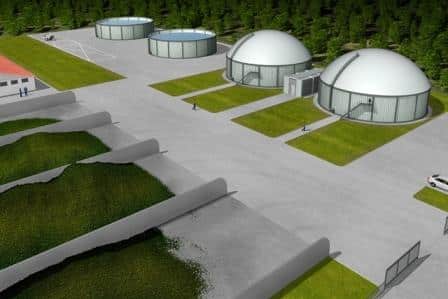Thermal mass flow meters are becoming the preferred choice for monitoring and measuring greenhouse gas emissions in applications of biogas, digester gas, landfill gas, and flare gas for mandatory greenhouse gas (GHG) reporting.
With increasing pressure from society regarding environmental concerns and international and government mandates concerning greenhouse gas (GHG) emissions, there is a need to provide accurate measurement and monitoring of greenhouse gases.

Mandatory Reporting of Greenhouse Gases Rule
The EPA requires owners and operators of United States facilities emitting 25,000 metric tons or more of greenhouse gases each year to report annual GHG emissions, monitor and measure GHGs and report pertinent information to the EPA under the Mandatory Reporting of Greenhouse Gases Rule (74 FR 56260).
Mass Flow Meters versus Volumetric Meters
Thermal mass flow meters are the preferred option to monitor and measure greenhouse gas emissions in applications such as biogas, digester gas, landfill gas, and flare gas. One of the primary advantages the thermal mass flow meter has over volumetric meters is that it measures mass flow.
The Sage Metering Difference
Sage meters are state-of-the-art as Sage was the first to market a digitally-driven sensor, a graphic display, and onsite calibration verification. The Sage meter is the only thermal flow meter that provides a convenient, in-situ, and in-line calibration check that assures the flow meter retains the original NIST traceable calibration and is accurate.
Greenhouse Gas Emissions
Sage Metering offers a free white paper exploring greenhouse gas emissions monitoring using thermal dispersion or thermal mass flow meters (TMFMs) in the applications of monitoring biogas, landfill gas, digester gas, and flare gas. If you are interested in a PDF version of this paper, download now, or visit the online version of Greenhouse Gas Emissions Monitoring Using Thermal Mass Flow Meters.
Why Measure Mass Flow?
This video explains why nearly every process needs to measure the mass flow rate compared to the volume flow rate.

